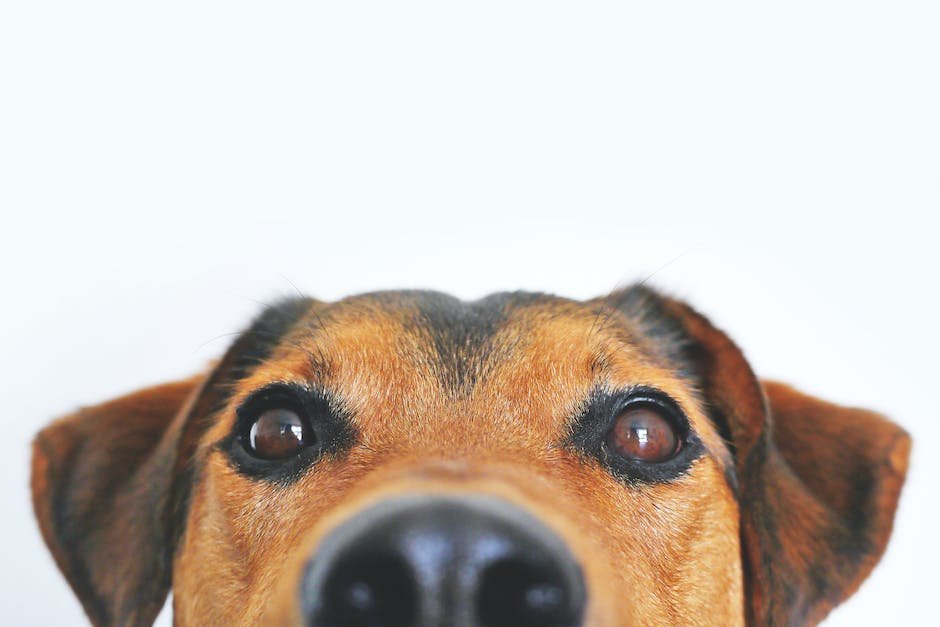Contents
Eared grebes (Podiceps nigricollis) are waterbirds that can be found in North and South America. They get their name from the distinctive black and white feathers that adorn their heads, which resemble ears. These birds are excellent swimmers and can often be seen swimming under the water in search of food.
Eared Grebe is a small waterbird with a long, thin neck, webbed feet, and a distinct crest on its head. It is dark gray or black above, with a white chin and throat, and pale gray on its sides and belly. The Eared Grebe breeds in marshes and wetlands across North America, and winters in open waters of the southern United States and Mexico. It feeds on fish, crustaceans, and aquatic insects.
Where do eared grebes live?
Eared grebes are a type of waterbird that breed in shallow lakes and ponds. They typically don’t have many fish in these habitats. During migration, they often gather in large groups in saline waters in places like the Salton Sea, Great Salt Lake, and Mono Lake.
Eared Grebes are a type of bird that primarily eat brine shrimp and aquatic insects. Because these food items have rigid exoskeletons, they can be tough to digest and potentially damaging to the intestines. To help with this issue, grebes have evolved to use their feathers as a way to slow down digestion. This helps them to better digest their food and avoid any intestinal damage.
Why are eared grebes flightless
Migratory birds have to adapt to long-distance travel and they do this by adding huge fat stores. This helps them to increase the mass of their digestive organs. At the same time, their flight muscle mass shrinks by about 50%. This is to the point that they’re unable to fly. This muscle atrophy begins even before they molt their flight feathers.
The Eared Grebe is a migratory bird that spends a majority of the year flightless. This is the longest flightless period of any bird in the world capable of flight. The Eared Grebe migrates only at night, and a similar cycle to the fall staging areas occurs 3-6 times each year.
What are grebes known for?
Grebes are a type of bird known for their striking courtship displays. These displays often involve the male bird showing off his plumage to the female. Grebes are also known for their silky underparts, which were once popular in millinery.
Grebes are water birds that are small to medium in size. They have pointed bills and round bodies. Their legs are set far back on their bodies and they have tiny tails.
Can grebe walk?
Although it is now more widely known that Western Grebes can walk, this is still an exceptionally rare behavior. Western Grebes are typically known for their graceful swimming abilities, so to see one walking is quite a sight. If you’re lucky enough to spot a Western Grebe walking, be sure to snap a photo or two!
Basilisk lizards are able to run on water to escape from predators. Their specially adapted feet and running style prevents them from sinking. Grebes are also able to run on water, but they are much heavier than other animals that can do this.
Can grebes walk on water
Western and Clark’s grebes (Aechmophorus occidentalis and Aechmophorus clarkii) are able to run on water for up to 20 metres and for up to 7 seconds. This is a mating ritual which helps them to attract a mate. They are among only a few animals with this ability.
Albatrosses are one of the most fascinating birds in the world. Their ability to glide over vast tracts of ocean without flapping their wings is truly astonishing. They are so well adapted to their oceanic environment that they can spend the first six years of their long lives (up to 50 years) without ever touching land.
What is the strongest flightless bird?
The Cassowaries are native to the tropical forests of New Guinea, Indonesia and Northeastern Australia. These large birds cannot fly, but their extremely powerful legs propel them at great speeds. The largest cassowaries can stand as high as six feet and weigh up to 160 pounds. The three species of cassowary are the southern cassowary, the dwarf cassowary and the northern cassowary.
The kākāpō is a critically-endangered bird found only in New Zealand. There are only 248 known adult kākāpō, all of which are named and tagged. These birds are confined to four small islands off the coast of New Zealand that have been cleared of predators.
The kākāpō is a fascinating bird with several unique characteristics. It is the heaviest member of the parrot family, and it is the only flightless parrot in the world. The kākāpō is also nocturnal, which is rare for a bird.
The kākāpō population has declined sharply in recent years due to predation from introduced mammalian predators such as stoats and rats. Conservation efforts are underway to protect these birds, but their future remains uncertain.
Is an eared grebe a duck
The primary difference between grebes and other waterfowl is the structure of their feet; grebes have lobed toes which are better suited for swimming than walking. This is an adaptation for their primary hunting method, which is to dive under the water’s surface in search of fish and other small aquatic creatures. While loons share this ability to swim well and dive for food, grebes are generally more accomplished swimmers than their cousins.
The Eared Grebe is currently the most abundant species of grebe in North America and the world.The population is generally stable, although it is vulnerable because such a high percentage of the birds rely on so few lakes.Protection of breeding grounds is equally important.
What kind of sound does a grebe make?
These sounds are made by a variety of birds, including the whooping crane, the mourning dove, and the common loon. Each of these birds has a unique call that helps them communicate with others of their kind.
Grebes are a type of waterbird that are found in the Anishinabe tribes. They are known for their comical appearance and their fearless nature. Many tribespeople believe that they are a symbol of perseverance and strength.
What are some fun facts about grebes
Pied-billed grebes are interesting creatures! They are generally solitary, and they “hide” from potential threats by sinking down into the water until only their head is visible. Additionally, they don’t dive as deeply as loons— usually only about 20 feet or less.
The great crested grebe is a delightfully elegant waterbird with ornate head plumes which led to its being hunted for its feathers, almost leading to its extermination from the UK. They dive to feed and also to escape, preferring this to flying. Great crested grebes are now a protected species in the UK, and their numbers have slowly been increasing. They are still a relatively uncommon sight, however, and seeing one is always a special moment.
What looks like a duck but not a duck
Coots, grebes, and loons are all birds that are often mistaken for ducks, but they actually belong to different families. Coots are small, dark-colored birds with a glossed look. They are generally found in marshes or close to shorelines and have a diet that consists mostly of vegetation. Grebes are slightly larger than coots and have a more streamlined appearance. They are excellent swimmers and can often be seen diving for fish. Loons are the largest of the three birds and have a long, slender body. They are proficient divers and can stay underwater for up to a minute. All three of these birds are interesting and unique in their own way, so be sure to take the time to learn more about them the next time you’re out birdwatching!
Western Grebes typically form large colonies, or “rafts,” of hundreds of individuals during the breeding season. These rafts congregate on expansive fresh water lakes with adequate marsh vegetation for nesting. Although gregarious, Western Grebes are known to display high levels of aggression towards one another.
What bird looks like a duck and loves water
These plump, chicken-like birds congregate by the hundreds on rivers and lakes in the region, and at first glance, they do look a lot like ducks. However, upon closer inspection, there are several key differences. For one, coots have lobed toes, while ducks have webbed ones. In addition, coots are generally black with white bills, while ducks come in a wider variety of colors.
Red-necked grebes are an aggressive species in which pairs typically defend large territories for feeding and breeding. These territorial disputes can sometimes lead to physical altercations between the involved parties. Though their numbers have been in decline, red-necked grebes are still a fairly common sight in many areas.
Final Words
Eared grebes are a species of waterbird that can be found in North and South America. They get their name from the conspicuous tufts of feathers that protrude from their head, which resemble ears. These birds are excellent swimmers and can often be seen diving for food. Eared grebes usually nest near bodies of water, and their young are born with the ability to swim.
The Eared Grebe is a small waterbird that is found in North and South America. It is one of the most interesting and unique animals in the world. The Eared Grebe is an excellent swimmer and can dive to depths of over 60 feet. It has a long, snake-like neck and can eat small fish and insects. The Eared Grebe is a beautiful bird with black, white, and gray plumage. It is a fascinating creature that is sure to interest anyone who sees it.

0 Comments